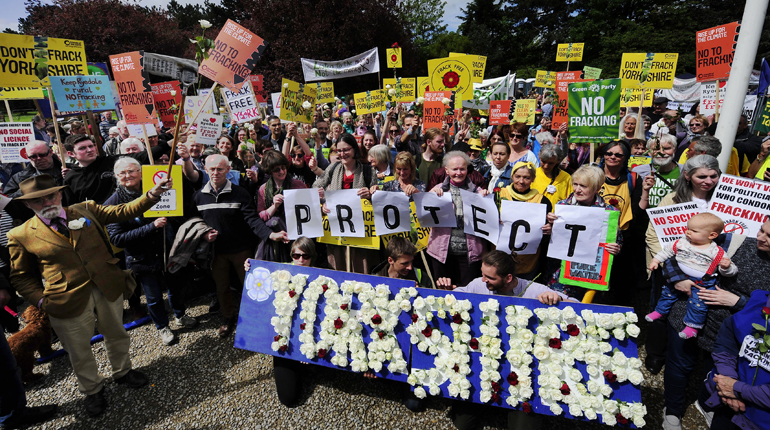South Korea’s gas decline – time for a turnaround
 South Korea’s gas demand and LNG imports have been in decline, and will continue to fall this year. (Kogas)
South Korea’s gas demand and LNG imports have been in decline, and will continue to fall this year. (Kogas)
As the second-largest LNG importer in the world, South Korea’s gas demand has a direct impact on the LNG balance in Asia Pacific. South Korea’s gas market has seen two consecutive years of decline, and further drops are expected this year – helping to add to the glut in the LNG market. But a recovery before 2020 is likely, and the timing of a return to growth, as well as a potential increase in absolute volumes, could help shape potential tightening in the Asia Pacific market over the next five years.
Gas accounts for around 14% of South Korea’s energy mix. The power sector makes up roughly 40-50% of total gas demand, with the residential and commercial sector and the industrial sector accounting for approximately 25-30% and 17-20% respectively. South Korea’s gas demand fell by 10% on an annual basis in 2015 after having dropped by 9% year on year in 2014. The country’s LNG imports fell by 7% and 10% year on year in 2014 and 2015 respectively.


